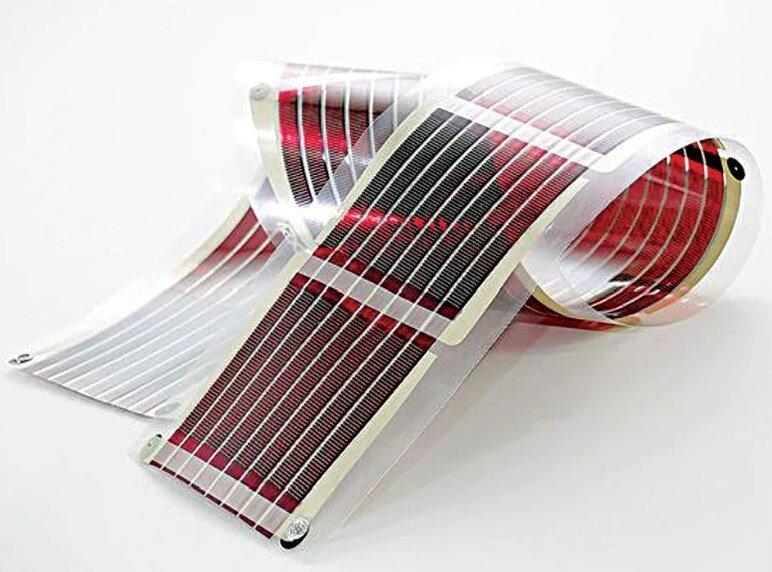The global transition toward renewable energy has garnered significant attention in recent years, with various technologies emerging as viable alternatives to conventional energy sources. Among these technologies, solar energy stands out as a prime candidate for sustainable energy production. Within the solar energy landscape, polymer solar cells (PSCs) have gained considerable attention due to their low-cost production, flexibility, and lightweight nature. However, despite their potential, the growth of the polymer solar cells market is hindered by a number of challenges that need to be addressed before they can fully realize their potential.

1. Low Efficiency Compared to Traditional Solar Cells
One of the biggest challenges facing polymer solar cells is their relatively low energy conversion efficiency compared to traditional silicon-based solar cells. While silicon solar cells have efficiencies that can exceed 20%, polymer solar cells currently have efficiencies in the range of 10-12%, with cutting-edge prototypes reaching around 18%. This significant gap in efficiency remains a critical hurdle for PSCs to compete with conventional silicon-based technology, especially in commercial and residential installations where energy output is a key factor.
To improve efficiency, ongoing research is focused on optimizing the materials and processes used in polymer solar cells. Innovations in new polymer materials and nanotechnology are showing promise, but achieving efficiencies comparable to silicon-based solar cells remains a long-term challenge.
2. Stability and Longevity Concerns
Another major barrier to the widespread adoption of polymer solar cells is their relatively poor stability and shorter lifespan compared to traditional silicon solar panels. PSCs degrade faster when exposed to environmental factors like moisture, oxygen, and UV radiation, reducing their long-term performance and energy output. As a result, many polymer solar cells are not suitable for long-term deployment in harsh weather conditions.
To overcome this challenge, researchers are working on developing protective coatings and encapsulation methods to enhance the stability of PSCs. However, these advancements are still in the experimental phase, and it will take time before they can be effectively integrated into commercial products.
3. Material Development and Scalability
Polymer solar cells rely on organic materials, such as conductive polymers and small molecules, that are still under active development. These materials need to be fine-tuned to improve their efficiency, stability, and manufacturability. Moreover, scaling up production from laboratory-scale processes to mass production is a complex and costly process.
While roll-to-roll manufacturing processes have shown potential for reducing production costs, scaling polymer solar cells to meet global demand requires overcoming a range of challenges related to material synthesis, processing, and device fabrication. The materials used in PSCs must be affordable, abundant, and environmentally friendly to ensure that they can be produced on a large scale without significant environmental impact.
4. High Production Costs
While polymer solar cells are often touted as a low-cost alternative to silicon solar panels, the cost of producing PSCs remains high. The materials and fabrication processes required to manufacture high-performance polymer solar cells are still expensive, limiting the commercial scalability of this technology. Furthermore, achieving economies of scale requires substantial investment in infrastructure and research.
As the technology matures, production costs are expected to decrease, but in the short term, high production costs remain a significant barrier to widespread adoption. For PSCs to become a commercially viable alternative to traditional solar technologies, they need to become more cost-competitive.
5. Integration and Application Limitations
Polymer solar cells are still relatively new compared to traditional solar technologies, and their integration into existing infrastructure poses additional challenges. While PSCs offer advantages in terms of flexibility and lightweight properties, which make them ideal for applications like portable solar chargers, wearables, and building-integrated photovoltaics (BIPV), they are not yet widely used in large-scale power generation systems.
Integrating polymer solar cells into mainstream energy systems requires overcoming significant technical challenges related to efficiency, longevity, and reliability. Additionally, the lack of standardized testing and certification processes for PSCs further complicates their commercialization.
6. Market Competition
The polymer solar cells market is also faced with intense competition from other emerging solar technologies, such as perovskite solar cells and tandem solar cells. Perovskite solar cells, for example, have achieved rapid advancements in efficiency, with some prototypes exceeding 25%. This has led many researchers to focus on perovskites as a more promising alternative to PSCs.
Although PSCs offer advantages like flexibility, they are at a disadvantage in terms of efficiency and stability, which are critical factors for widespread adoption. The competition between these different technologies will play a crucial role in determining the future of polymer solar cells in the renewable energy market.
Conclusion
Polymer solar cells have immense potential to revolutionize the solar energy industry, offering low-cost, flexible, and lightweight alternatives to traditional solar technologies. However, challenges such as low efficiency, poor stability, material development hurdles, high production costs, and competition from other technologies must be addressed before PSCs can realize their full potential. Continued research and technological advancements in material science, fabrication techniques, and device engineering will be crucial in overcoming these barriers and ensuring that polymer solar cells become a viable and competitive option in the global renewable energy market.







